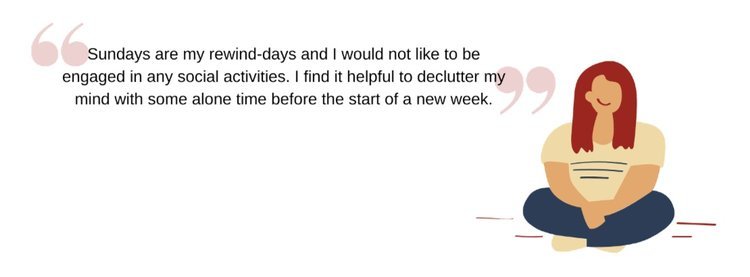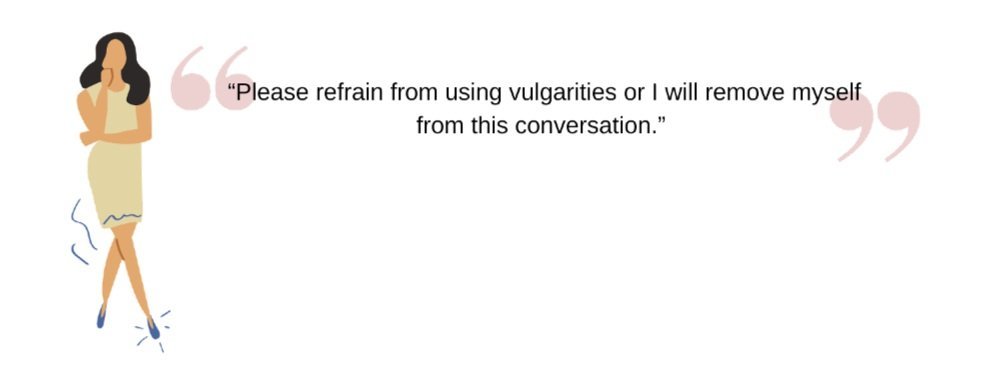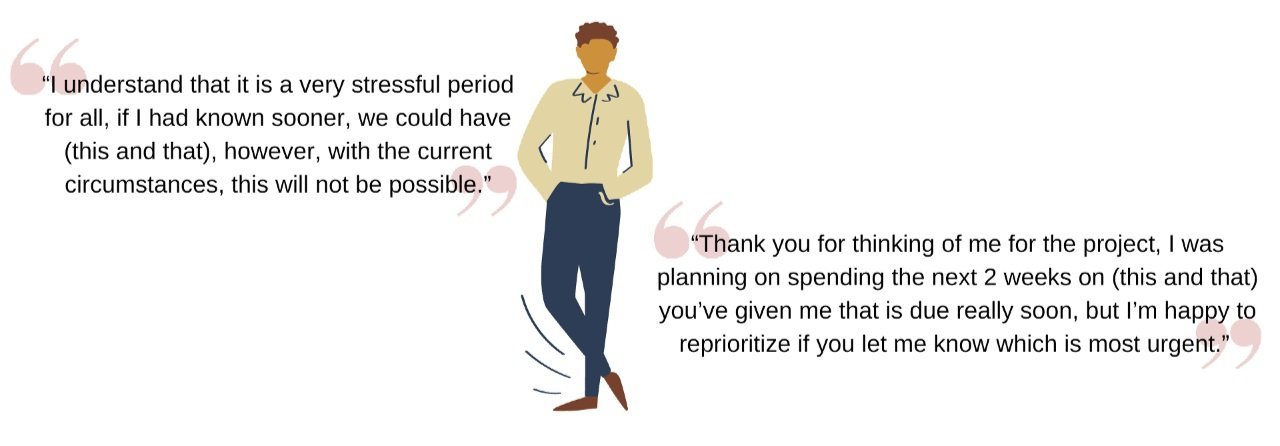We are human, after all
The Importance of Self-Forgiveness for Mental Well-Being
Have you ever felt guilty about something you have done in the past? You may have offended someone or hurt their feelings, made bad decisions that harmed others, or did something you knew was wrong.
Oftentimes, when we feel guilty, we may end up engaging in self-defeating behaviors, such as believing we are not worthy of love or trust, lowered self esteem or in some cases even develop affective disorders. Ruminating on feelings of guilt, anger and shame can have negative consequences on one’s mental and physical health.
Understanding why guilt and shame affect us
Feelings of guilt, anger, and shame can be very intense, which causes the nervous system to be on high alert, pumping high levels of adrenaline into our body. Sustained surges of adrenaline over an extend period of time can lead to psychological disorders such as anxiety or depression. It may also manifest in physical symptoms, such as panic attacks, chest pains, headaches, muscle tension, stomach or digestive problems.
In order to manage these negative feelings, self-forgiveness is crucial to maintaining our psychological and physical well being. But first…
What is self-forgiveness?
Self-forgiveness a positive attitudinal shift in feelings, actions and beliefs about self, following a self-perceived wrongdoing committed by the self.
However, forgiveness is not a straightforward or easy task, so what are some steps we could take?
Steps to Manage Negative Feelings Through Self-Forgiveness
Ψ Accepting Responsibility: The First Step to Self-Forgiveness
The first step is accepting responsibility. If you find yourself making excuses, rationalising or justifying your behaviour in order to make them seem more acceptable, it may be time to accept responsibility. This may include taking responsibility for the hurt you may have caused others, or actions you may have taken that you regret.
Accepting responsibility is not the same as forgetting or moving on as if nothing happened, neither is it the same as punishing yourself for your bad decisions and wallowing in shame. Accepting responsibility is about accepting what happened and showing compassion to yourself. Self-compassion means treating your self-worth as unconditional, that is giving yourself the love, care and concern you need whenever you’re going through a tough time.
It is important to understand that we are not perfect, and to be tolerant of our shortcomings because we are all human.
Ψ Understanding Guilt
Guilt is important and normal. Feeling bad about something bad we did is natural and can even helpful at times. For instance, guilt serves as motivation for us to do better next time. However, shame, which involves negative feelings about self such as feelings of worthlessness, is often associated with defensive strategies such as avoidance, denial or even physical violence. Shame may cause you to feel like you’re a bad person at the core, undermining your efforts to self-improvement or self-forgiveness. Shame-based thinking is a core belief that colors our world-view, and perpetuates self-defeating thoughts. One way we can break free from this negative pattern is by challenging your shame-based thoughts.
Some questions you can ask yourself are:
How do I know it’s true?
What proof do I have that supports this claim?
What experiences do I have that show that this belief is not completely true all the time?
Is this thought helpful or hurtful?
Guilt, on the other hand, may help us realise that our actions were bad, but that doesn’t make you a bad person. Therefore expressing remorse is an important step in making amends.
Ψ Restoring Trust: Actions to Move Past Guilt
One way to move past your guilt is by taking actions to restore the trust lost. This is not only important when it comes to forgiveness to others, but also to yourself. Making amends to the self is about taking concrete actions to right the wrong (whether it be to others or yourself). One way we could do that is by apologizing to the party we have hurt. For an apology to be sincere, it has to:
Acknowledge the hurt caused
Admit that your actions were wrong
Explain why you regret it
Describe what you would have done differently in the future so that it does not happen again
Navigating the Journey of Self-Forgiveness
It is important to be able to recognise when you should take responsibility, versus when things are beyond your control. We should be mindful to not over attribute blame on ourselves in situations we have no control of, especially in cases of abuse, trauma or loss. Lastly, if you find yourself struggling to forgive yourself, individual counseling may help.
Remember: Bad Actions Don’t Make You a Bad Person
it merely means that you made some bad choices.
Self-forgiveness does not have a one size fits all approach, and is different for everyone.
Self-forgiveness is not easy and we may slip up at times. And that’s okay, that’s normal. Try not to beat yourself up about it. Progress is not linear nor will everything go smoothly during the first try – so try again. So have empathy for yourself, and work towards being a better person one step at a time!









